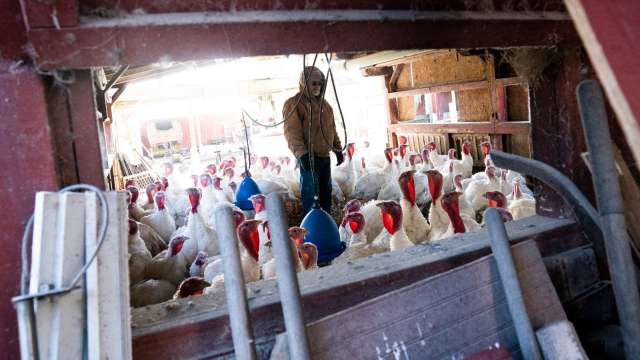The latest data shows that the United States has culled 50.54 million poultry this year, which is the most serious bird flu crisis in US history.
According to data released by the United States Department of Agriculture on Thursday (24), 50.54 million poultry were culled in the United States this year, surpassing the record of 50.5 million set in 2015.
Less poultry has driven egg and turkey prices to record highs, adding economic pain to consumers and increasing the cost of Thanksgiving celebrations.
Europe and the UK are also facing the worst avian flu crisis in history: after the epidemic hit the supply of eggs, some British supermarkets have proposed restrictions on customer purchases.
According to data from the US Department of Agriculture, the current cycle of bird flu began in February of this year and broke out in 46 US states, infecting large numbers of poultry and non-birds. Wild birds transmit the virus through feces, feathers and direct contact with poultry.
“Wild birds continue to transmit highly pathogenic avian influenza (HPAI) viruses across the country during migration, so preventing contact between domestic and wild birds is critical to protecting American poultry,” said Rosemary Sifford, chief veterinarian of the USDA.
Wild birds were directly linked to about 30 percent of the 2015 avian flu outbreak, up from 85 percent for this year’s outbreak, the Agriculture Department said.
Government officials are studying infections on turkey farms, hoping to come up with new recommendations to contain the outbreak. Turkish farms account for more than 70 percent of infected commercial poultry farms, the USDA said.
The US Centers for Disease Control and Prevention (CDC) has warned that although the public’s risk of bird flu outbreaks is low, people should avoid exposure to birds that look sick without protection.


